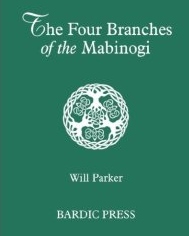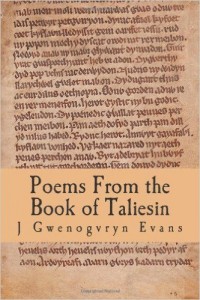Bardic Press publishes new and classic works on the mythology of Wales and Ireland, including translations and accessible scholarship. A number of reprints of important works are planned, including The Four ancient Books of Wales by W. F. Skene, Celtic Folklore: Welsh and Manx by John Rhys and The Hibbert Lectures by John Rhys.Two important new works appearing in 2005 are Will Parker’s The four Branches of the Mabinogi: Celtic Myth and Medieval reality and Patrick Brown’s Tales of the Ulster Cycle. Will Parker’s book is a wide-ranging and extraordinarily comprehensive study of the Welsh Mabinogi tales. Patrick Brown’s book offers a range of new translations of some of the little known tales of the Irish Red branch cycle.
Celtic mythology immediately brings to mind famous names like Arthur, Taliesin, Finn or Cuchulain. Celtic mythology mainly survives in Welsh and Irish writings. The collection known as the Mabinogion, or more correctly as the Mabinogi, is the fullest compendium of Welsh myth. Stories and fragments also survive in the Triads, in Nennius, in Geoffrey of Monmouth, in the poetry of the Middle Ages, and in various manuscripts. Much more of the Irish tradition survives, but the bulk of it remains little known. The Irish myths can be divided into different cycles–the mythological cycle which is concerned with the Tuatha de Danaan, the Ulster cycle centered on Cuchulain and the epic of the Tain Bo Cuailgne, the Fenian cycle which tells of the exploits of Finn and the Fianna, and the so-called historical cycle, concerned with various kings. The Welsh material can perhaps also be divided into parallel cycles–a mythological cycle centred on the children of Don and Llyr; an epic cycle that involves the Gwyr y Gogledd, the warriors of the Old North and such (often historical or semi-historical) characters as Myrddin Wyllt, Urien, Llywarch Hen and Maelgwn Gwynedd; and an Arthurian Cycle.
Extensive additional information on the ancient Celts comes from the study of archaeology and classical references. The folklore of Ireland, Wales, Scotland, Brittany, Cornwall and the Isle of Man provides a continuation of the mythology and can sometimes help us to understand the earlier material.

